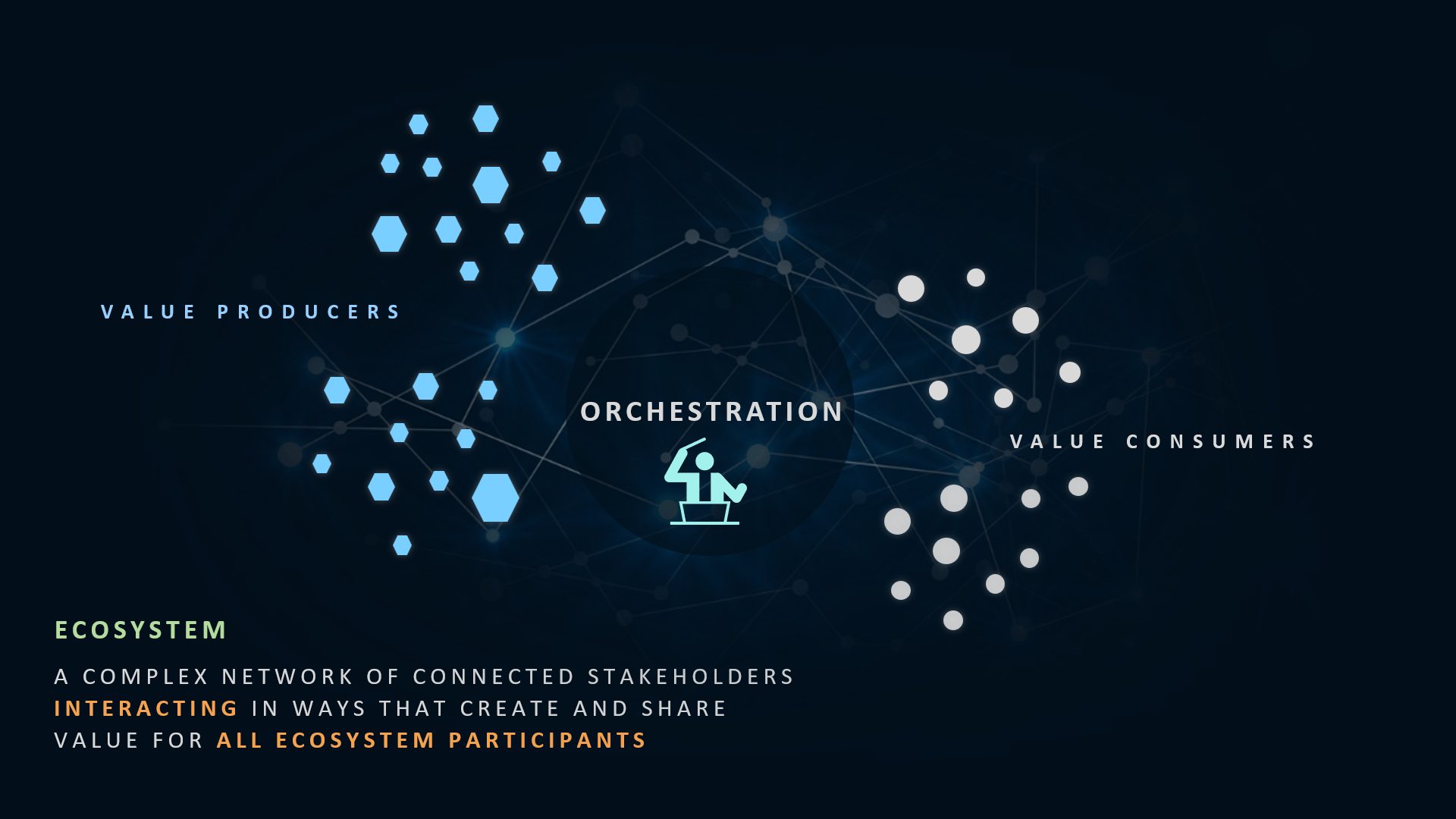Building blocks. We know they exist in the form of science and technology innovation, but they also exist in various geopolitical, economic, societal, philosophical, and environmental forces. It was 2014 when I read a report via John Hagel on combinations and disruption. Fast forward several years and discussions of composability have elevated to organization design. I recently moderated a CEO Roundtable titled “Envisioning Possible Futures.” In that discussion, enabling the edge of our organizations was discussed in an indirect manner. Without using the words, CEOs were challenging current command and control structures. I heard phrases like sense and respond for the first time in that type of leadership setting.
The driver of that dialog was the complexity and uncertainty of our world. The pandemic, extreme events, and recent geopolitical tensions have clearly changed perspectives. The characteristics of our times have historical precedent, but the speed at which change is occurring does not. As a result, new ways of thinking about operating in our current environment are emerging. Nicolas Colin, Cofounder and Director at The Family, has said that there is now more power outside than inside organizations. This dynamic has contributed to the rise of ecosystems. These forces and their visibility at leadership levels will drive a change in how we organize – both as a society and at the organization level. To deal with complexity and uncertainty, organizations must be viewed as composable building blocks that mimic the operating environment. As the possibility space expands (disruptors and opportunities) traditional hierarchical and command and control structures become increasingly irrelevant. This fundamental driver leads to a new way of organizing as described by the Boundaryless team.
“It’s intuitive how – In presence of a near-zero transaction cost – integrating vertically your organization into functional structures becomes less of a driver of competitive advantage: organizational capabilities such as a particular technology, a process, a certain set of skills can be reorganized quickly around customer-driven opportunities if the organization is “unbundled” enough to let its “building blocks” recombine fast.”
Boundaryless Team – Converging towards a Common Protocol of Organizing

Unbundling the organization allows it to drive scenarios that respond to possibilities. These scenarios are enabled by bundles that incorporate internal building blocks. These can be customer-facing products and services as well as pieces of a common service platform. Those internal building blocks are combined with assets provided by the ecosystem, which may include capabilities traditionally delivered by internal shared services. As these ecosystems continue to address our life experiences, the organization’s possibility space expands. With this expansion comes an increase in both the number of scenarios and the speed at which they emerge. As such, ecosystem-driven organizations are well positioned for success in this era of shared value.
As the Boundaryless team describes, ecosystem opportunity mapping is an approach that allows us to discover scenarios. As important, is a portfolio mapping that identifies the building blocks that an organization can contribute, as well as the gaps. Effectively doing both activities is a start, but traditional organization structures are not nimble or flexible enough to execute in a multi-scenario world. Small autonomous teams sitting at the edge of organizations is an approach embraced by multiple progressive organizations. Profit and loss responsibility and contracting mechanisms are some of the methods used to enable the model. The articles referenced in this post describe this emerging organization model in greater detail.
Two major elements emerge as decisive to incorporate: first, the need to completely revert the inside-out approach into a decisively outside-in approach. In this setting, the strategy and the shape of the organization are dictated by what happens outside of it, in markets that are extremely more dynamic and complex, and in a societal context that shifts more strongly and in faster cycles. Secondly, the need to make the inner workings of our organizations much more fluid and capable – on one hand- to be more easily reorganized, and on the other to do so in an autonomous and effective manner with little or no top-down guidance.
Simone Cicero – Ecosystem-Driven Organizations:
